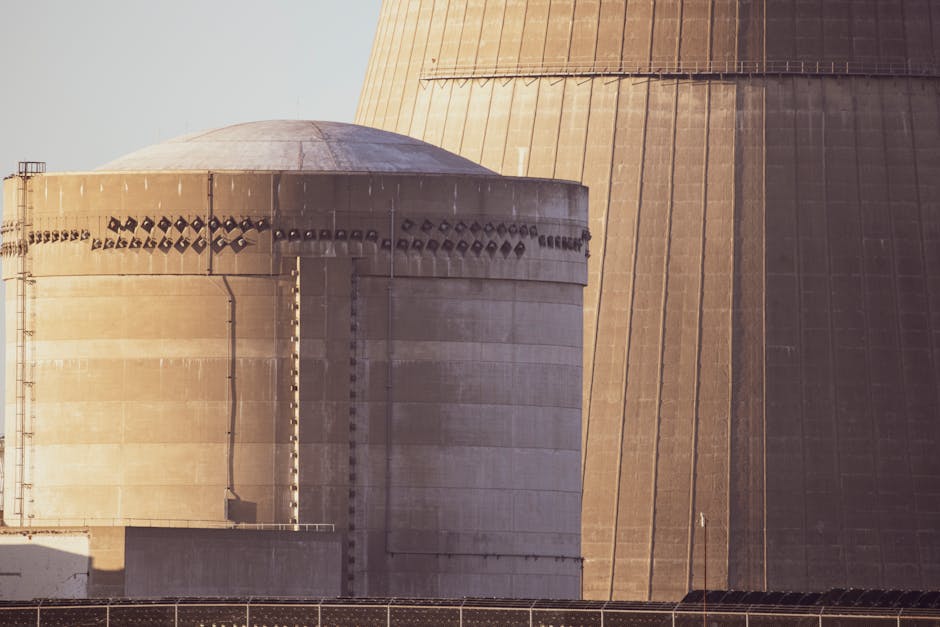
Whispers and allegations swirl around Iran’s ambitious nuclear program. From claims of crippling sabotage to allegations of deliberate damage, the state of its facilities is a constant source of international concern. But what’s the real story behind the headlines? Are Iran’s nuclear ambitions truly obliterated, merely damaged, or perhaps just temporarily hampered?
For years, international bodies and intelligence agencies have scrutinized Iran’s activities, particularly its enrichment of uranium and its pursuit of advanced centrifuges. Incidents, often attributed to covert operations, have periodically disrupted these efforts. Reports of explosions, cyberattacks, and unexplained malfunctions at key sites like Natanz and Fordow have fueled speculation about the effectiveness and extent of external interference.
The term ‘obliterated’ suggests a complete and irreversible dismantling of Iran’s nuclear capabilities. This is a high bar, and while specific components or research efforts may have been set back, the program’s overall infrastructure and the knowledge base of its scientists likely remain intact. ‘Damaged’ implies a more localized or temporary setback, causing significant disruption but not necessarily ending the program.
The reality is likely a complex interplay of these factors. Iran’s nuclear scientists have demonstrated resilience and a capacity to rebuild and adapt following disruptions. However, each incident, whether an explosion or a sophisticated cyberattack, undoubtedly adds time, cost, and complexity to their endeavors. The psychological impact on personnel and the loss of specialized equipment can also be significant deterrents.
The true extent of the damage is often shrouded in secrecy, with governments hesitant to reveal their intelligence sources and methods. What is clear is that Iran’s nuclear facilities are not operating with the unhindered progress they might otherwise have achieved. The ongoing tensions and the persistent international pressure suggest that while not ‘obliterated,’ Iran’s nuclear program has certainly faced significant challenges and setbacks. The ongoing race between technological advancement and disruptive actions continues, keeping the world on edge.

